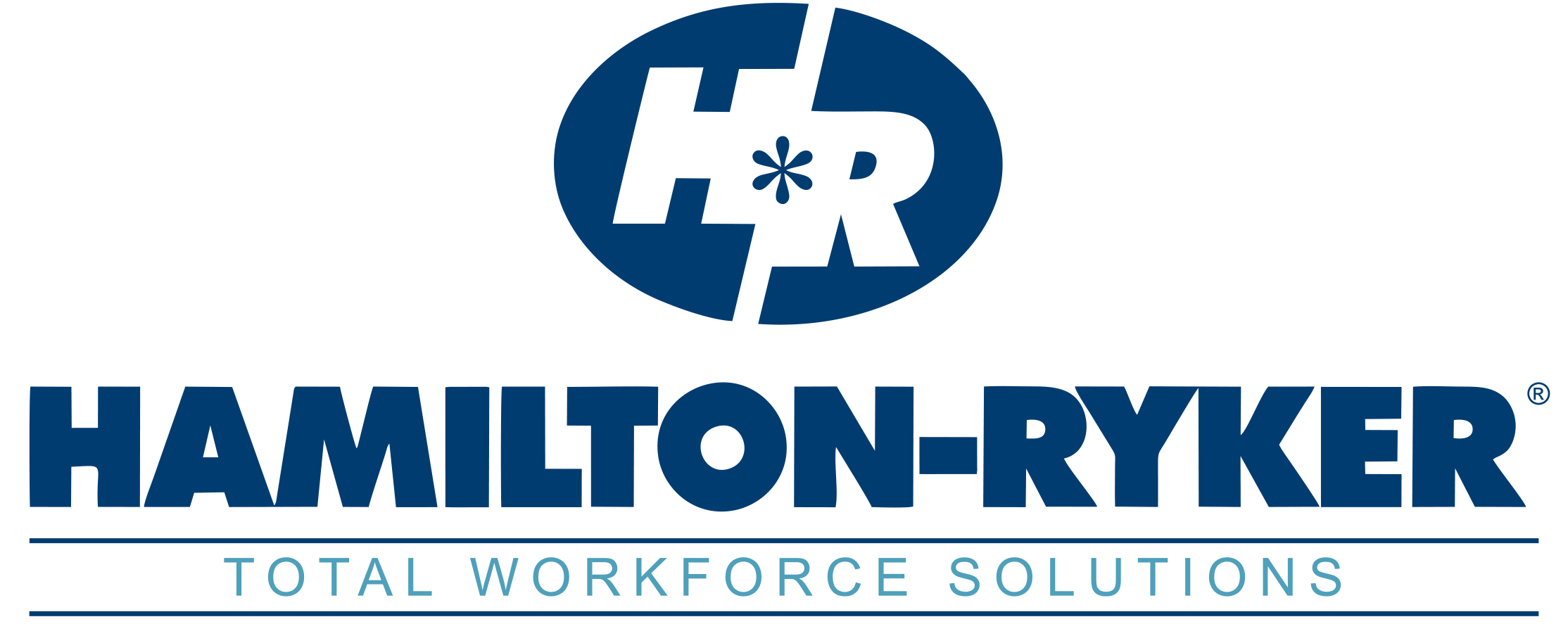5 Ways This Pandemic Has Changed Human Resources
Human resources (HR) was dramatically impacted by the COVID-19 pandemic. Many personnel-related practices had to be altered with little-to-no notice, leaving many HR professionals scrambling to adapt.
Now, the initial transition phase is over. However, some of the changes will be long-lasting, potentially even carrying over into a post-COVID-19 world. If you are wondering precisely how the pandemic has impacted the HR landscape, here’s what you need to know.
1. Remote Will Remain
Remote processes aren’t going to disappear, even if the pandemic calms. Instead, telecommuting, video interviews, and other online practices are likely to continue for the foreseeable future, if not permanently.
HR needs to be prepared to address these changes, working with various departments to create policies and set standards. Additionally, they will need to adapt their hiring approaches to embrace the remote paradigm on a larger scale.
2. Culture Issues Emerge
Maintaining a positive, well-defined company culture is challenging when the majority of the workforce is working remotely. Employee engagement can be hard to monitor or enhance, for one. For another, some companies resorted to canned or disingenuous promises during the pandemic, a move that left many workers with bad tastes in their mouths.
HR needs to be aware of any culture shifts. Additionally, they need to make it a priority, keeping it in mind as they make every decision or whenever they communicate with employees.
3. Recruitment and Retention Flexibility
Maintaining a strong workforce is critical, even if the size of your company’s staff dwindled during the pandemic. In some cases, poor handling of the crisis harmed company reputations, something that will hinder both recruitment and retention. Additionally, professionals may be leery for some time, as uncertainty continues to reign to this day.
HR needs to focus on cultivating an engaged talent pipeline. Strong communication can make a difference, putting candidates’ minds at ease. Additionally, it may be wise to explore alternative hiring methods for short-term or immediate needs. For example, securing a talented contractor may be simpler in some scenarios.
4. Boosting Well-Being
Engagement is critical for high productivity. However, with a remote workforce, it can be hard to maintain, particularly during challenging times.
HR should look into options that promote greater health and well-being. For example, lowering or eliminating telehealth copays, bolstering mental health services, and similar approaches could make a difference.
5. Accommodations and Compliance
Reasonable accommodations and compliance are commonly in the hands of HR. In some cases, they have become more challenging to manage, as addressing these issues among a remote workforce isn’t as easy as when everyone is in the workplace.
It’s critical that HR monitor any potential issues carefully and take active steps to ensure compliance. By being proactive, the likelihood that a significant problem will develop diminishes greatly.
Are You Looking for Human Resources Support Designed to Address the COVID-19 Changes?
At Hamilton-Ryker, we pride ourselves in offering comprehensive human resources services that meet the needs of today’s employers during these unprecedented times. If you want to learn more about our unique, customizable offerings and how they can help you navigate the complexities created by the COVID-19 pandemic, contact us today.

